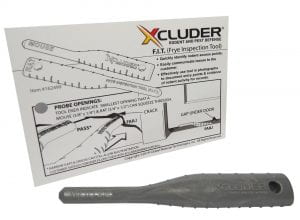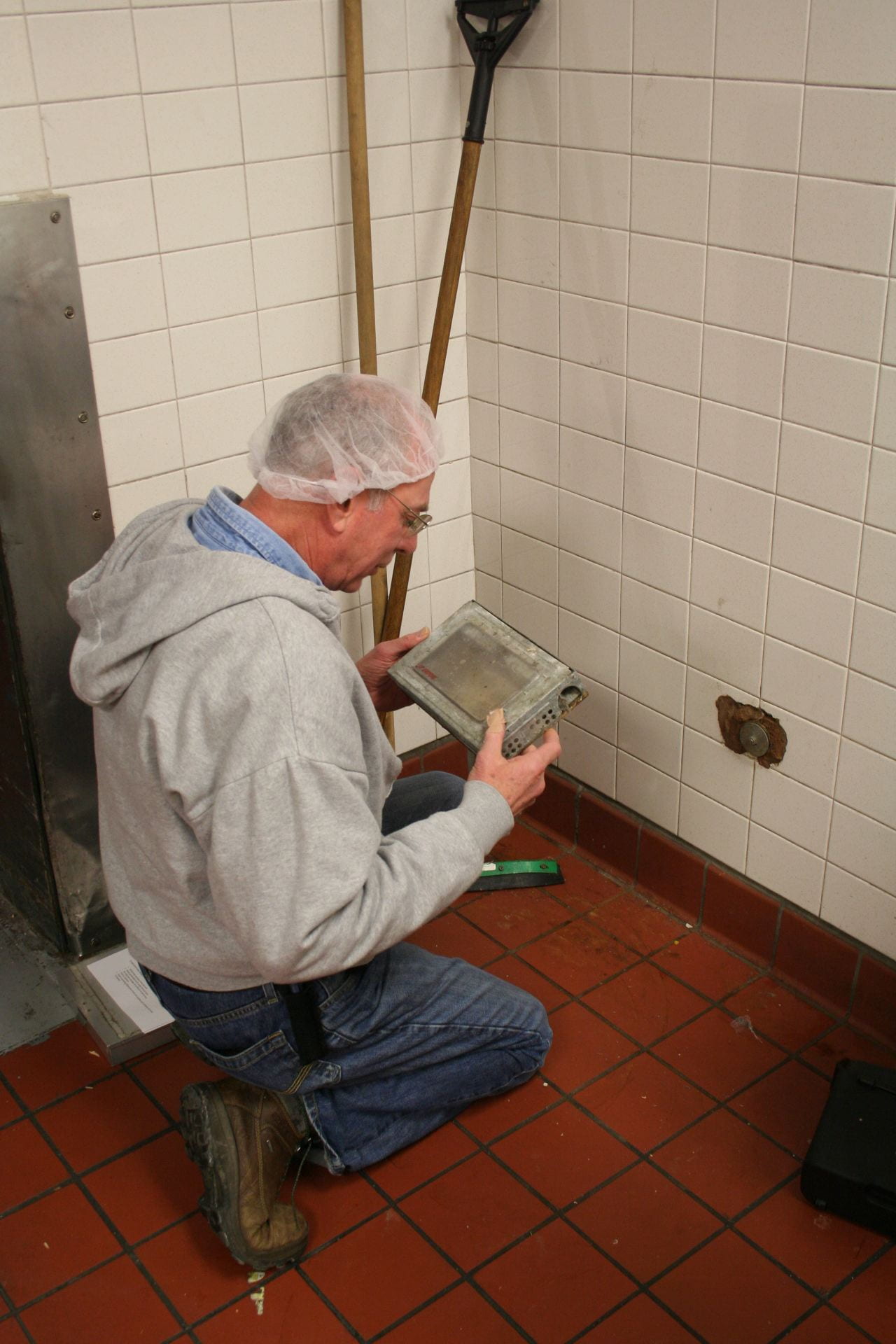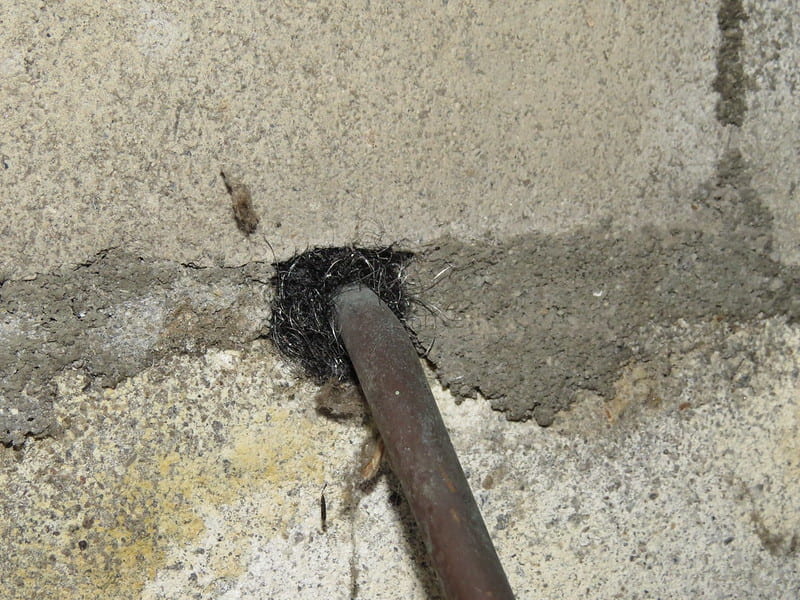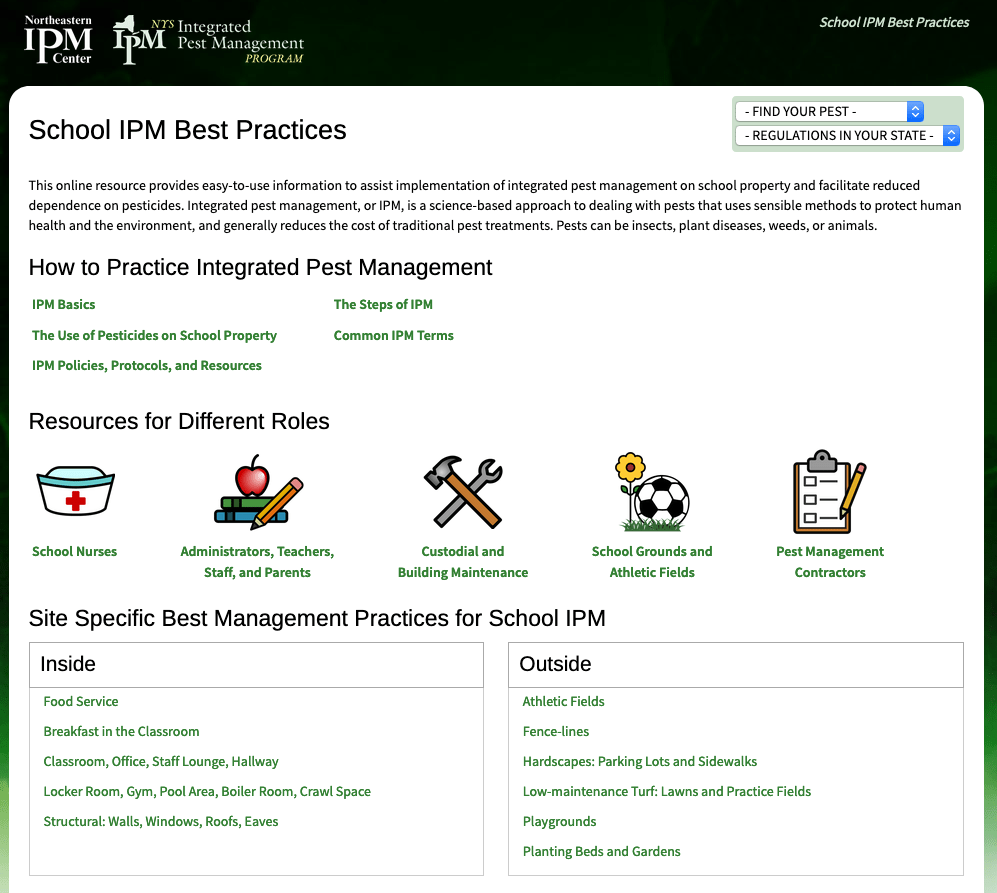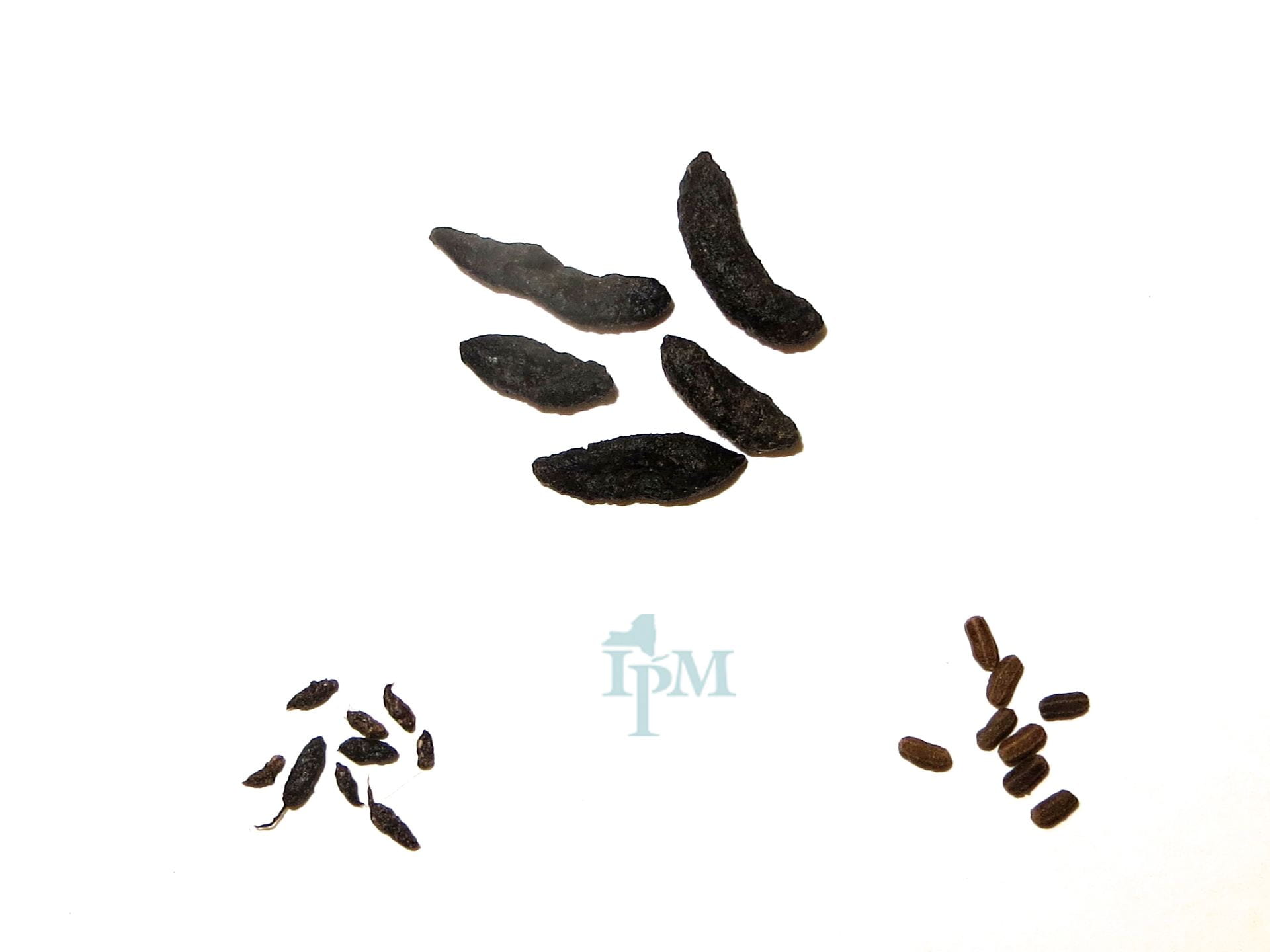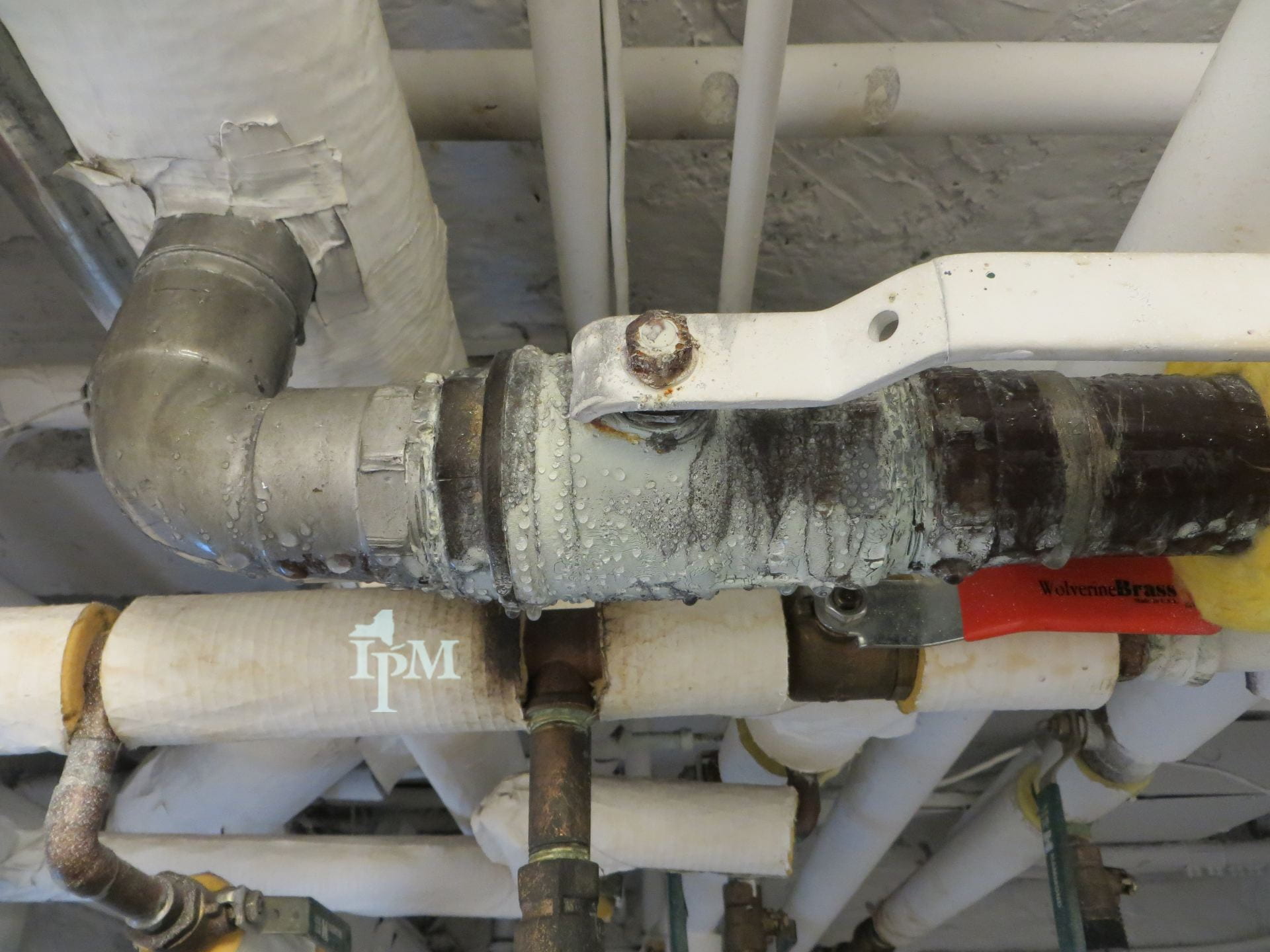A Virtual Two Half-Day Conference
When: Mornings of August 11 & 18, 2020
Where: We will be connecting via Zoom.
How: Click Here to Register
Cost: $15 per person or $25 per school district
PESTICIDE APPLICATOR CREDITS AVAILABLE:

NYS Pesticide Applicator recertification credits have been awarded for the following categories: Core, 3A, 3B, 7A, 7F, and 8. Individuals seeking credits will need to submit their applicator ID numbers when pre-registering. Further instructions will be sent upon pre-registering.
Despite decades of promoting school integrated pest management (IPM), bed bugs, cockroaches, lice, and mice continue to be a problem in schools. Part of the issue is lack of implementation of proven IPM techniques such as exclusion. Part of the issue is that some pests, like bed bugs, German cockroaches and lice arrive in backpacks, delivered supplies, and directly on students and staff. While schools often have plans in place to address these pests when they are discovered, it will take a wider community effort to prevent their introductions.
The Sixth Annual NYS IPM conference brings together a wide range of speakers to address and discuss the status of school IPM adoption and where we need to go in the future. If you or your family is impacted by pests or pest management on and off school property, this virtual conference is for you.
Alejandro A. Calixto, our new NYS IPM Program director, will be introducing the conference with remarks on “Perceptions of IPM and Today’s Social Climate.”
Our keynote speaker, Lorraine Maxwell, will discuss “Healthy Environments for Learning”. Her research has found that school building conditions, which include conducive conditions for pests as well as the presence of pests, impact the school’s social climate, which directly impacts student performance.

Conference Agendas
| Day 1, August 11, 2020 | |
|---|---|
| 8:00 | Registration: Please Note: if you answered yes during pre-registration to needing pesticide credits, it is important to log into the conference at this time to show your applicator card with picture ID via webcam |
| 8:30 | Welcome and Introductory Remarks: Alejandro Calixto, Director, NYS IPM Program at Cornell University, “Perceptions of Integrated Pest Management and Today’s Social Climate” |
| 8:45 | Keynote Presentation: Lorraine Maxwell, Associate Professor Emerti, Department of Design and Environmental Analysis, Cornell University, “Healthy Environments for Learning” |
| 9:30 | The Status of IPM Implementation within NYS Schools
|
| 10:50 | Break |
| 11:15 | Panel Discussion |
| 12:15 | Concluding Remarks and Adjourn |
| Day 2, August 18, 2020 | |
|---|---|
| 8:00 | Registration: Please Note: if you answered yes during pre-registration to needing pesticide credits, it is important to log into the conference at this time to show your applicator card with picture ID via webcam |
| 8:30 | Welcome & Recap of August 11 Session |
| 9:00 | Virtual “tabling” event: Five-minute presentations by partnering organizations describing the services they provide schools. |
| 9:45 | What We’re Doing – Community Interventions. Models of community-level pest management. What may we learn from these examples as applied to school pests with strong community connections?
|
| 11:15 | Break |
| 11:30 | Break Out Groups: Identifying Strategies for Interventions for School Pests with Strong Community Connections. Moderated by NYS IPM Program staff, participants will identify common pathways by which targeted pests are introduced to schools and will develop interventions that will prevent or reduce those problems. Participants will also interact about the roles of collaboration, communication, and education in implementing the interventions. Essentially the goal of the break out group will to begin the development of an IPM program for the targeted pest at the community level. One group each will address bed bugs (moderated by Jody Gangloff-Kaufmann) and cockroaches (moderated by Matthew Frye and Amara Dunn). A third break out group (moderated by Joellen Lampman) will begin the process of establishing school IPM priorities, both in school buildings and on school grounds, for NYS, using the School IPM Priorities of the Northeastern U. S. as a starting point. |
| 12:15 | Report and Wrap-Up: The break out groups will each give a brief oral report on the results of their interactions; followed by a general discussion and concluding remarks. |
| 1:00 | Adjourn |
Sponsors:





